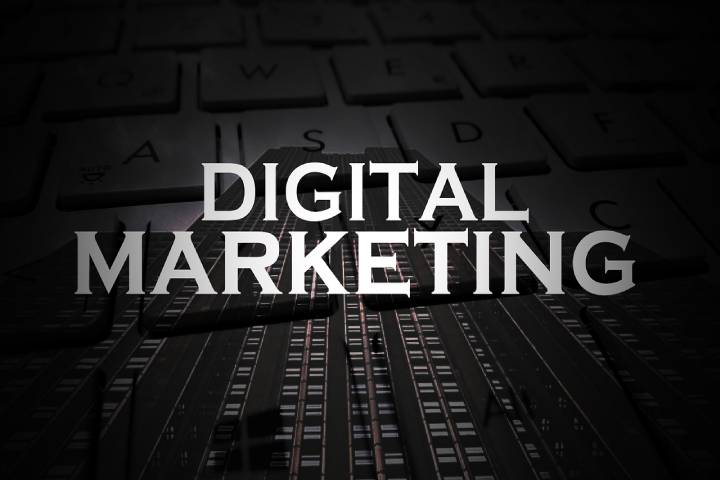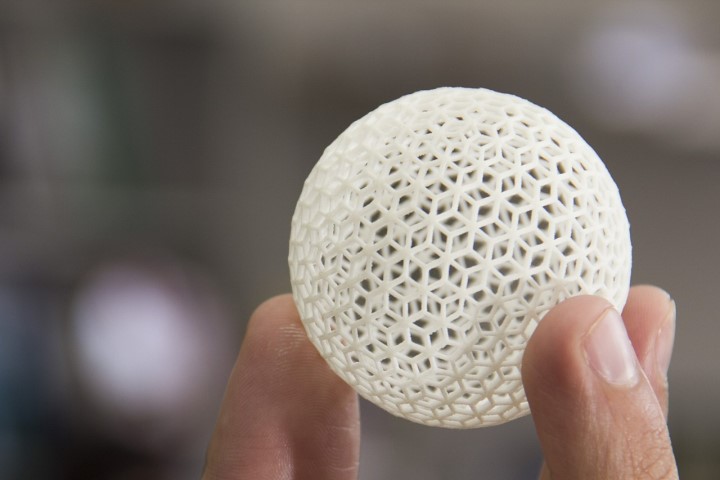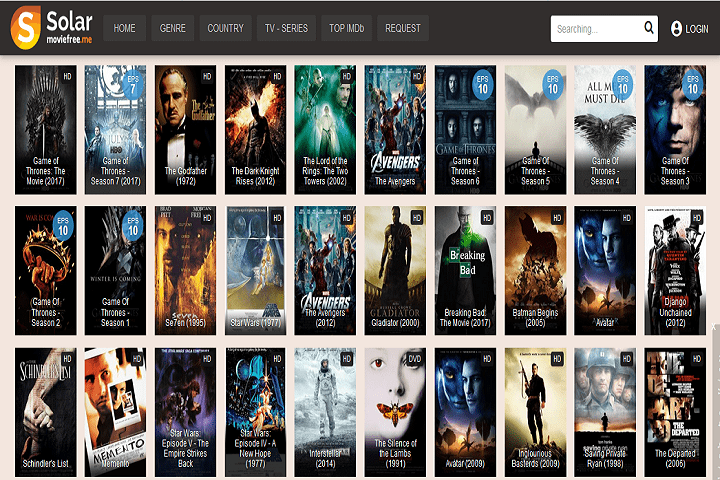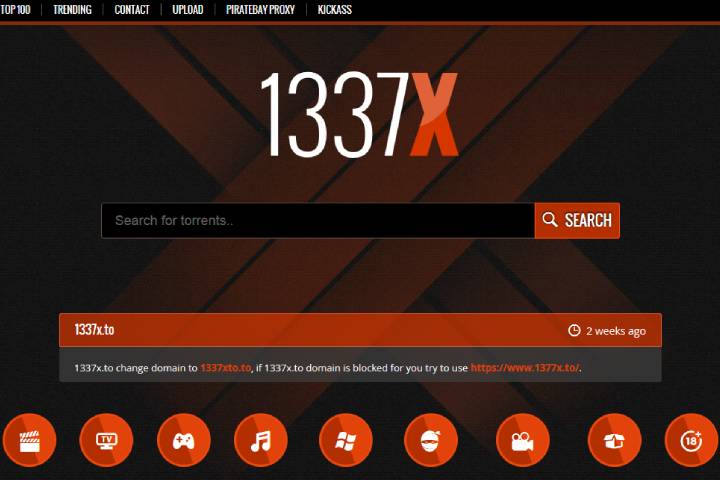Computer
The Evolution of Gaming PCs
The evolution of gaming PCs and the history of gaming PCs. Evolution of cooling system. Gaming PCs requirements to play in the modern age games.

Gamers should be well aware that gaming PCs need high computing power to run uninterruptedly. Over the past decades, PC gaming has advanced interestingly, especially in the graphics card, RAM, and CPUs with high cores.
The gamers of this age would get amazed to see how gradually the evolution has taken place. There was a time when people are used to buying CDs and ROMS to enjoy playing games on the computer.
Time has changed, and the gameplay has become advanced as well. Undoubtedly, you can still avail of the optical drives to play games, but gamers are more likely to download and install games on their PC.
However, the process has not converted overnight, and it took years and years. The path of development is also not distinct.
With the convenient accessibility of the internet, the popularity of both Java and flash games has increased. In this article, you will know how the requirements of gaming PCs have changed over time.

Table of Contents
1. The history of gaming PCs
There is a wide range of factors and components which distinguish a gaming PC from a typical desktop computer. The urge for better graphics came from display systems like CGA converting to VGA, color fidelity, etc.
Initially, the gaming PCs used to rely upon the sound cards, which have now assimilated onto motherboards.
Owing to the highly developed sound capabilities and high-quality graphics, multiple non-IBM PC platforms have gained much popularity during the 1980s.
At first, these compatible media began with the TI 99/4 and Atari 400/800 and, after that, integrated with Commodore 64 and, ultimately, with Amiga.
At that time, the video game developer utilized those platforms; however, they have later ported their developed games to other well-known PC platforms.
2. Evolution of cooling system (Gaming PCs)
Cooling may not be directly linked to the computer’s performance, but it’s a well-known fact that overheating has a great impact on the computer’s performance.
Various hardware components like CPU, video card, hard drive lead to heating up of a typical computer, but gaming computers with high performance get heated up more quickly.
To a certain limit, the impact of heating may be negligible, but overheating may alter the clock speed and can lead to problems like crashers, odd behaviors, and errors. Extreme heating may also burn the components and delicate IC chips and other parts of the computer.
Overheating also affects the longevity of the system. So, considering sound cooling systems is a good idea, especially for a gaming computer with high performance.

A computer fan or radiator fan, which is generally attached inside the computer and helps in active cooling, may be considered in a tight budget. It serves its purpose pretty well in typical computers.
In the modern era, with the advancement of technologies, gaming computers with high performance, and high configurations, these fans are not enough, and liquid cooling may be a good option.
Watercooling is generally used as a cooling system in the gaming computers of the modern era. It uses the radiators, water blocks, pumps, reservoir (optionally), and tubing.
These days, the water cooling is chiefly available in two formats: customizable kits that increase the cooling ability and ready-to-use air coolers.
3. Gaming PCs requirements to play in the modern age games.
From the early 2000s, internet inclinations and the technology of the computer processor have enhanced at such a fantastic speed that the new PC games, consoles, and graphics look as if it has driven away from the older generation games.
The PC games are always developing in case of audio effects, destruction physics, and AI. With the passing years, the games are getting more and more advanced.
Currently, the most fundamental difference between a typical and gaming PC is the integration of the performance-oriented graphics card hosting a shared memory and graphics processor. Both these attributes are the most crucial attributes that are required to relish modern PC games.
If you are highly willing to play the latest games of 2020, your PC will require some specific requirements based on their categories. Let’s check out the least necessities of the gaming PC to play the below-mentioned categorical games.
The minimum requirement to play the latest sports games includes the Windows 10 operating system along with the system memory of 12 GB and video memory of 6 GB to run smoothly.
It also requires a CPU as better as Intel® Core™ i5-7500 processor, and the graphics card has to be of NVIDIA* GeForce GTX 1060 or AMD* Radeon RX 580. Without such a setting, the game will fail to display the imaginative use of environmental effects, lighting, perspective, etc.
On the other hand, to run the action gameplay, your gaming PC will require some essential requirements such as Windows 10 Operating System, CPU with Intel Core 2 Duo E4600 processor. Along with it, the gameplay asks for the memory of 4 GB to run uninterruptedly.
The most affordable graphics card that you can use in this, including the similar action gameplay, is the NVIDIA GeForce 9800 G; however, the gameplay developers suggest availing of the NVIDIA Geforce GTX 460.
The latest racing games require a screen resolution of 640×480, including the shared RAM of 4 GB. Car racing games can be smoothly accessed with 250 MHz Nvidia GPU, with the processor of Intel Pentium Dual-Core 3.2 GHz/ AMD Athlon II X 4 3. 1 GHz. The gameplay also requires 5.0-pixel shader and vertex shaders.
4. Conclusion
People these days are fanatic about PC gaming so that the PC gaming industry will flourish supremely in the imminent future.
The gaming PCs are expected to be built with superior technology with larger RAM, better graphics cards, and more cores in processors.
If the modification of the specification keeps changing this way, it can be said that in 2025, PC gaming will be nearly unrecognizable than it is now.
Blockchain
Perché Dobbiamo Utilizzare Un’Applicazione Antivirus Su Android?
Perché Dobbiamo Utilizzare Un’applicazione Antivirus Su Android? Rischi diversi, Vantaggi dell’utilizzo di applicazioni antivirus su Android

Una soluzione altrettanto fondamentale per garantire che il tuo dispositivo non venga infettato da questi programmi software malevoli (virus, trojan, adware, spyware) è il programma antivirus. Di conseguenza, il codice rileva e respinge anche l’app che può essere sviluppata in modo inefficiente dagli hacker. L’altra virtù è che può anche aiutare la tua macchina a essere sotto tiro e prevenire altri attacchi informatici da attacchi di phishing.
1. Rischi diversi
Android, essendo il sistema operativo mobile più utilizzato a livello globale, è diventato un obiettivo primario per i criminali informatici. Dal malware e ransomware agli attacchi di phishing e al furto di identità, le minacce sono diverse e in continua evoluzione. A differenza dei computer tradizionali, i dispositivi mobili spesso non dispongono delle solide misure di sicurezza inerenti ai sistemi operativi desktop, rendendoli suscettibili di sfruttamento.
a. Minaccia malware
Il malware, abbreviazione di software dannoso, comprende un ampio spettro di minacce progettate per infiltrarsi, interrompere o danneggiare un dispositivo o una rete. Nel regno di Android, i malware possono mascherarsi da applicazioni legittime, nascondersi negli app store o mascherarsi da download innocui dal web. Una volta installato, il malware può provocare danni rubando informazioni sensibili, spiando le attività degli utenti o addirittura rendendo il dispositivo inutilizzabile.
b. Insidie del phishing
Gli attacchi di phishing, un’altra minaccia diffusa, mirano a indurre gli utenti a divulgare informazioni personali come password, numeri di carta di credito o credenziali di accesso. Questi attacchi spesso utilizzano tattiche di ingegneria sociale, sfruttando siti Web, e-mail o messaggi falsi per ingannare le vittime ignare. Con la comodità di accedere alla posta elettronica e navigare sul Web sui nostri dispositivi Android, il rischio di cadere preda di truffe di phishing diventa sempre presente.
2. Vantaggi dell’utilizzo di applicazioni antivirus su Android
a. Il ruolo delle applicazioni antivirus
Le applicazione antivirus gratuita per Android si rivelano indispensabili guardiani della nostra sicurezza digitale di fronte a queste minacce incombenti. Queste soluzioni software sono progettate specificamente per rilevare, prevenire ed eliminare programmi dannosi, rafforzando così le difese dei nostri dispositivi Android.
b. Protezione in tempo reale
Le applicazioni antivirus utilizzano algoritmi sofisticati e analisi euristiche per identificare e neutralizzare proattivamente le minacce in tempo reale. Monitorando continuamente le attività del dispositivo e i flussi di dati in entrata, questi strumenti fungono da sentinelle vigili, intercettando il malware prima che possa infiltrarsi nel sistema.

c. Scansione completa
Una delle funzioni principali delle applicazioni antivirus è l’esecuzione di scansioni complete della memoria, delle applicazioni e dei file del dispositivo. Attraverso tecniche di scansione approfondita, questi strumenti ispezionano meticolosamente ogni angolo del dispositivo, eliminando ogni traccia di malware o attività sospette. Eseguendo scansioni regolari, gli utenti possono garantire che i loro dispositivi Android rimangano liberi da minacce nascoste.
d. protezione della rete
In un’era in cui la navigazione sul Web è diventata parte integrante della nostra vita quotidiana, le applicazioni antivirus estendono il loro ombrello protettivo per comprendere le attività online. Integrando funzionalità di protezione Web, questi strumenti possono rilevare e bloccare siti Web dannosi, tentativi di phishing e altre minacce online in tempo reale. Che si tratti di fare acquisti, operazioni bancarie o semplicemente navigare sul Web alla ricerca di informazioni, gli utenti possono navigare nel panorama digitale con sicurezza, sapendo che la loro applicazione antivirus è al loro fianco.
e. Misure antifurto
Oltre a combattere malware e minacce online, molte applicazioni antivirus offrono funzionalità aggiuntive come funzionalità antifurto e generatore di password sicuro. In caso di smarrimento o furto del dispositivo, questi strumenti consentono agli utenti di localizzare, bloccare o cancellare da remoto il proprio dispositivo Android, proteggendo i dati sensibili dalla caduta nelle mani sbagliate. Grazie alla possibilità di tracciare la posizione del dispositivo o attivare un allarme da remoto, gli utenti possono mitigare le potenziali conseguenze del furto o dello smarrimento del dispositivo.
f. Reputazione e affidabilità
Quando si valutano le applicazioni antivirus, è essenziale considerare la reputazione e il track record dello sviluppatore del software. Scegli marchi affermati con una comprovata storia nella fornitura di soluzioni di sicurezza affidabili e aggiornamenti tempestivi. Leggere recensioni e testimonianze di altri utenti può fornire preziose informazioni sull’efficacia e sulle prestazioni dell’applicazione antivirus.
g. Impatto sulle prestazioni
Sebbene le applicazioni antivirus svolgano un ruolo cruciale nella protezione del tuo dispositivo Android, non dovrebbero andare a scapito delle prestazioni o della durata della batteria. Scegli soluzioni leggere e ottimizzate che riducono al minimo il consumo di risorse e funzionano perfettamente in background. Evita applicazioni eccessive che consumano le risorse di sistema o causano rallentamenti, poiché possono compromettere l’esperienza dell’utente.
Conclusione
Le applicazioni antivirus fungono da guardiani indispensabili, proteggendo la nostra oasi digitale da malware, attacchi di phishing e altre attività nefaste. Protezione Web e misure antifurto: questi strumenti consentono agli utenti di navigare nel panorama digitale con sicurezza e tranquillità. Mentre abbracciamo le infinite possibilità offerte dai nostri dispositivi Android, non dimentichiamoci di rafforzare le loro difese con l’armatura della protezione antivirus.
-

 Instagram4 years ago
Instagram4 years agoBuy IG likes and buy organic Instagram followers: where to buy them and how?
-

 Instagram4 years ago
Instagram4 years ago100% Genuine Instagram Followers & Likes with Guaranteed Tool
-

 Business5 years ago
Business5 years ago7 Must Have Digital Marketing Tools For Your Small Businesses
-

 Instagram4 years ago
Instagram4 years agoInstagram Followers And Likes – Online Social Media Platform
















